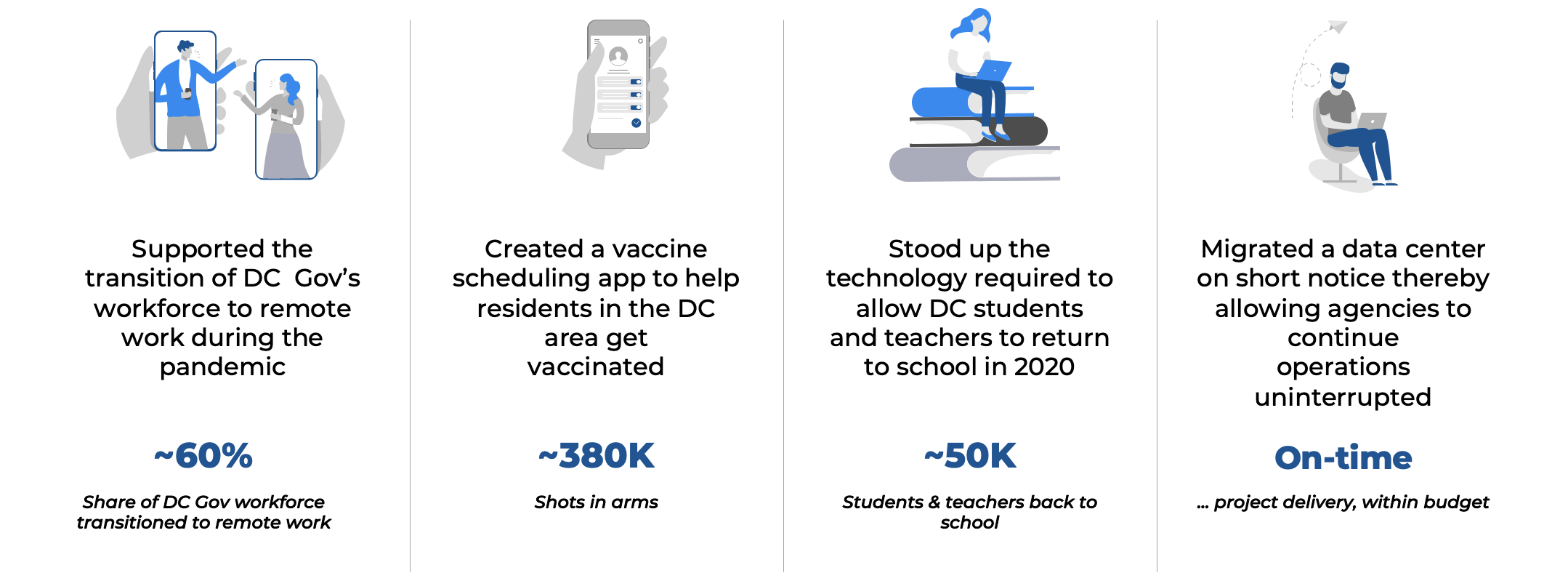Remote Work Revolution: Navigating the Pandemic Shift

Introduction
The pandemic has catalyzed a significant shift in work dynamics, ushering in the era of remote work. This article delves into the transformative impact of remote work during the pandemic, exploring its challenges, benefits, and the lasting changes it has brought to the traditional work landscape.
The Acceleration of Remote Work Adoption
Remote work, once a limited practice, experienced a rapid acceleration during the pandemic. With lockdowns and safety concerns, organizations worldwide swiftly embraced remote work as a viable solution to ensure business continuity. This sudden shift led to a reevaluation of traditional work structures and a reimagining of how work could be accomplished.
Challenges of Remote Work
Despite its widespread adoption, remote work posed several challenges. The abrupt transition left many unprepared for the technical and psychological aspects of working from home. Issues such as inadequate home office setups, the blurring of work-life boundaries, and feelings of isolation became prevalent challenges that both employees and employers had to navigate.
Technology as the Enabler
Technology emerged as the linchpin that enabled the remote work revolution. Video conferencing, collaboration tools, and cloud-based platforms became essential in facilitating communication and project collaboration. The pandemic underscored the importance of investing in robust technology infrastructure to support remote work seamlessly.
Flexibility and Work-Life Balance
One of the notable benefits of remote work during the pandemic was the newfound flexibility it provided. Employees gained the ability to tailor their work schedules to accommodate personal needs, fostering a better work-life balance. This flexibility became a crucial factor in maintaining employee well-being and job satisfaction.
Impact on Corporate Culture
The shift to remote work prompted organizations to reevaluate their corporate culture. Maintaining a sense of connection and camaraderie among remote teams became a priority. Companies implemented virtual team-building activities, online social events, and communication strategies to nurture a positive and inclusive remote work culture.
Cost Savings and Productivity Gains
Remote work also brought about cost savings for both employees and employers. Reduced commuting expenses, lower overhead costs for office maintenance, and the potential for accessing a global talent pool contributed to financial advantages. Many organizations reported increases in productivity, challenging preconceptions about the effectiveness of remote work.
Addressing Mental Health Concerns
While remote work offered flexibility, it also raised concerns about mental health. The isolation and blurred boundaries between work and personal life took a toll on many individuals. Organizations began implementing mental health initiatives, offering resources and support to help employees cope with the challenges posed by remote work.
Navigating Remote Team Collaboration
Effective collaboration within remote teams became a focal point for organizations. Strategies for virtual teamwork, project management, and clear communication channels were crucial in ensuring that teams remained cohesive and productive. The pandemic prompted the exploration of innovative tools and methodologies to enhance remote collaboration.
The Hybrid Work Model
As the pandemic evolved, organizations started considering hybrid work models that blend remote and in-office work. This approach aims to combine the benefits of remote work, such as flexibility, with the advantages of in-person collaboration. The hybrid model reflects a nuanced understanding of diverse employee preferences and the evolving nature of work.
Future of Remote Work
The pandemic has undoubtedly reshaped the future of work, with remote work likely to remain a significant component. The lessons learned during this transformative period will influence how organizations approach work arrangements, technology integration, and employee well-being in the post-pandemic era.
Conclusion with Link
In conclusion, the remote work revolution sparked by the pandemic has redefined the landscape of work. For further insights into navigating the challenges and embracing the opportunities of remote work, visit The Healthy Consumer website. Explore the future of work and adapt to the changing dynamics.
Remote Work Revolution: Navigating the Pandemic Transition

Remote Work Revolution: Navigating the Pandemic Transition
The global pandemic has triggered a seismic shift in how we approach work, leading to a widespread adoption of remote work. This article explores the nuances of the remote work transition during the pandemic, shedding light on its impact, challenges, and the evolving landscape of the modern workplace.
Remote Work Transition Pandemic: A Comprehensive Guide
For a comprehensive guide on the remote work transition during the pandemic, visit Remote Work Transition Pandemic for valuable insights and resources.
Accelerated Adoption and Digital Transformation:
The onset of the pandemic accelerated the adoption of remote work, prompting organizations worldwide to undergo rapid digital transformations. This section explores how businesses swiftly implemented technologies and tools to facilitate remote collaboration, communication, and workflow management.
Challenges and Adaptation for Employees:
Amid the benefits of remote work, employees faced a myriad of challenges during the transition. From navigating the boundaries between work and personal life to dealing with potential isolation, this section delves into the challenges individuals encountered and how they adapted to the evolving nature of remote work.
Impact on Organizational Culture:
The shift to remote work has a profound impact on organizational culture. Remote teams face unique challenges in fostering collaboration, communication, and maintaining a shared sense of identity. This section discusses how organizations have adapted their culture to accommodate remote work and maintain a cohesive team spirit.
Technological Infrastructure and Cybersecurity:
A successful remote work transition heavily relies on robust technological infrastructure and cybersecurity measures. This paragraph explores the critical role of IT infrastructure, data security, and the challenges organizations faced in ensuring a secure remote working environment for their employees.
Flexible Work Arrangements and Employee Well-being:
Remote work introduced a paradigm shift in traditional work arrangements, emphasizing the importance of flexibility. This section examines how organizations embraced flexible work schedules, remote-friendly policies, and the impact of these changes on employee well-being and work-life balance.
Training and Skill Development:
As remote work became the new normal, employees required new skill sets and competencies. Organizations invested in training programs to equip their workforce with the necessary skills for effective remote collaboration, communication, and digital literacy.
Hybrid Work Models and Future Predictions:
The evolving landscape of remote work includes the emergence of hybrid work models. This section discusses how organizations are considering a blend of remote and in-office work, offering flexibility while maintaining elements of in-person collaboration. Predictions about the future of remote work are also explored.
Employee Engagement and Team Building:
Maintaining employee engagement and fostering team building in a remote environment pose unique challenges. This paragraph delves into the strategies organizations adopted to keep teams connected, motivated, and engaged, despite physical distance.
The Role of Leadership in Remote Work Success:
Leadership plays a crucial role in the success of remote work initiatives. This section examines how effective leadership strategies, clear communication, and a focus on employee well-being contribute to a thriving remote work environment.
Conclusion:
The remote work revolution sparked by the pandemic has reshaped the way we approach work, influencing organizational structures, culture, and the employee experience. As we navigate this transformative period, understanding the challenges, embracing technological advancements, and prioritizing employee well-being are crucial elements for the continued success of remote work. The journey toward a more flexible and adaptive work landscape continues, with organizations and individuals alike finding innovative ways to thrive in the remote work revolution.





